
The Living Forest program protects the Tumbesian tropical forest in Ecuador and Peru.
The Tumbesian tropical forest in southern Ecuador and northern Peru is one of the most important biodiversity “hotspots” on our planet. It contains a rare tropical coastal forest that experiences both wet and dry seasons. It is home to over 50 endemic bird species and many large mammals including threatened ocelots, jaguars, and margay cats. Less than 5 percent of this unique forest remains, threatening this unique ecosystem and the people who depend on it.
Dr. Bryan Endress, director of Applied Plant Ecology for the San Diego Zoo’s Institute for Conservation Research, with the NCI crew in Ecuador.
Nature and Culture International (NCI) has been working with local communities in this region for over eight years. During this time, NCI has established two reserves in southern Ecuador – the La Ceiba Natural Reserve (25,000 acres) and the Laipuna Natural Reserve (4,000 acres) – to protect this important forest ecosystem. In addition, over 30,000 acres have been established as community reserves with sustainable development and conservation management programs. This allows local families to continue to benefit off the land while being integral to its conservation. Protection of the Tumbesian tropical forest will connect protected areas in Peru and Ecuador. The connectivity of these protected areas also allows corridors for migratory species whose habitat extends into Peru.
Your Donation
Through the Living Forest carbon footprint offset program with the San Diego Zoo and Nature and Culture International, additional reserves will continue to be established in the Tumbesian tropical forest in Ecuador on the border of Peru. Your donation will contribute to land purchase and protection of a species. The long-term management will be provided by NCI as part of its core mission and will incorporate local communities in conservation. By protecting land from deforestation, carbon emissions are avoided that offset emissions elsewhere.




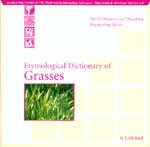
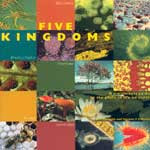

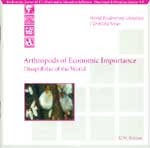
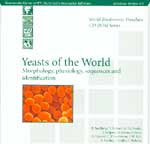
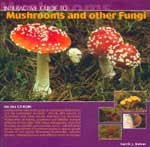

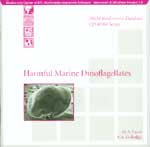
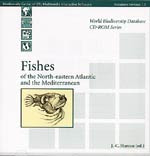
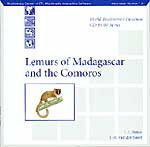

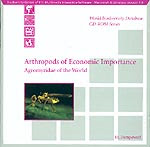
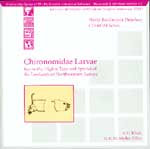
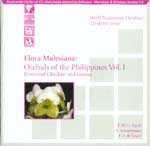
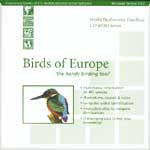
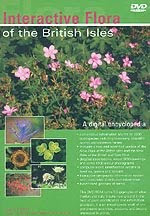













No comments:
Post a Comment